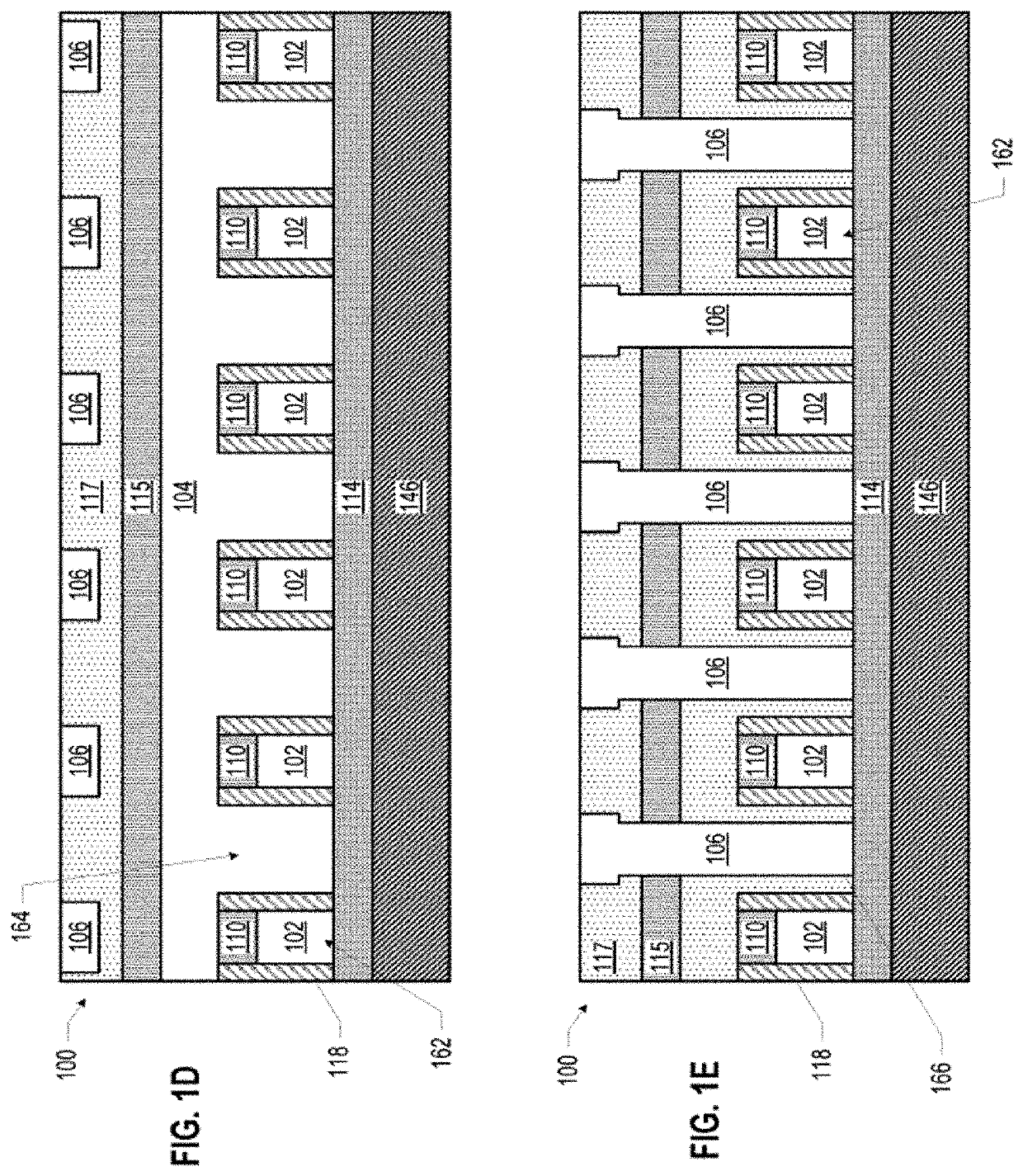Apparatus and method for specifying quantum operation parallelism for a quantum control processor
a quantum control and operation parallel technology, applied in the field of quantum computing, can solve the problems of fragile quantum states, insufficient microarchitecture of these mechanisms, and modest success to da
- Summary
- Abstract
- Description
- Claims
- Application Information
AI Technical Summary
Benefits of technology
Problems solved by technology
Method used
Image
Examples
example 17
[0186] The method of example 11 wherein the first set of quantum microoperations comprises a first quantum rotation operation and a second quantum rotation operation.
[0187]Example 18. The method of example 17 wherein the first set of control signals are to cause the quantum controller to generate a first analog waveform to perform the first quantum rotation operation on a first qubit and to generate a second analog waveform in parallel with the first analog waveform to perform the second quantum rotation operation on a second qubit.
[0188]Example 19. The method of example 11 wherein the first set of quantum microoperations comprises a first two-qubit controlled NOT gate and a second two-qubit controlled NOT gate.
[0189]Example 20. The method of example 19 wherein the first set of control signals are to cause the quantum controller to generate a first set of analog waveforms to implement the first and second two-qubit controlled NOT gates.
[0190]Example 21. A machine-readable medium hav...
PUM
 Login to View More
Login to View More Abstract
Description
Claims
Application Information
 Login to View More
Login to View More - R&D
- Intellectual Property
- Life Sciences
- Materials
- Tech Scout
- Unparalleled Data Quality
- Higher Quality Content
- 60% Fewer Hallucinations
Browse by: Latest US Patents, China's latest patents, Technical Efficacy Thesaurus, Application Domain, Technology Topic, Popular Technical Reports.
© 2025 PatSnap. All rights reserved.Legal|Privacy policy|Modern Slavery Act Transparency Statement|Sitemap|About US| Contact US: help@patsnap.com



